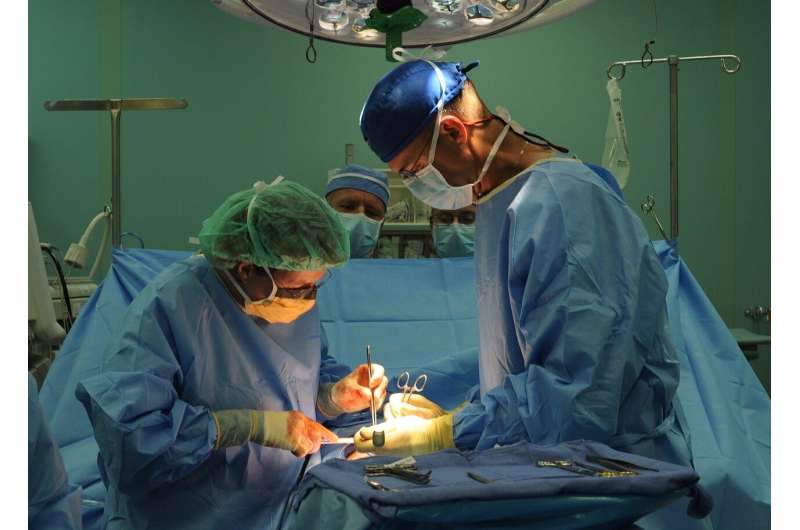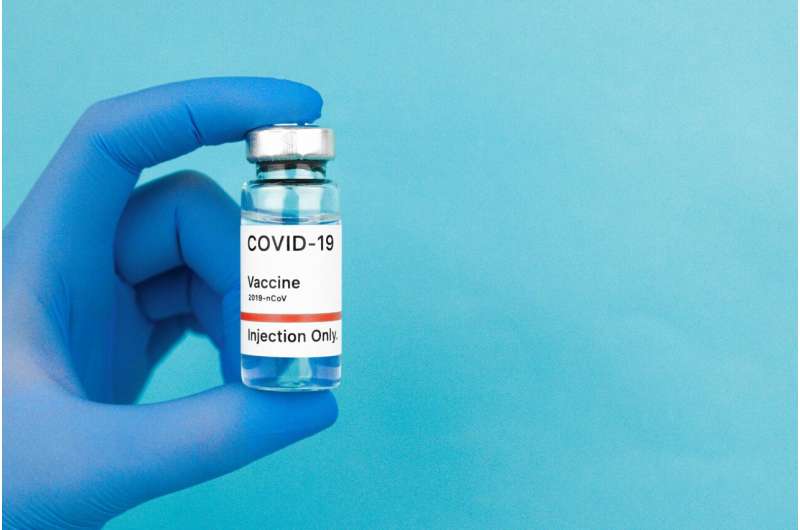Rising Cannabis Use Among Older Adults: A Growing Public Health Trend

Cannabis use among Americans aged 65 and over is reaching new heights, with recent studies showing a dramatic rise in current use and changing demographic patterns, highlighting important implications for healthcare providers and policymakers.
Recent research indicates that cannabis consumption among older adults in the United States is reaching unprecedented levels. According to an analysis conducted by the Center for Drug Use and HIV/HCV Research (CDUHR) at the NYU School of Global Public Health, approximately 7% of individuals aged 65 and over reported using cannabis within the past month, marking a significant increase from previous years.
The study, published in JAMA Internal Medicine, reveals shifts in the demographics of cannabis users in this age group. Notably, there's a rise in use among college-educated, married, female, and higher-income seniors. The research team, led by Joseph Palamar, Ph.D., MPH, emphasized that cannabis use among older adults is not only more prevalent but also evolving in terms of who is using it.
Data sourced from the National Survey on Drug Use and Health between 2021 and 2023 showed a rapid growth in current cannabis use among seniors—from 4.8% in 2021 to 7% in 2023, representing nearly a 46% increase over two years. In comparison to earlier years, when less than 1% of older adults reported using cannabis in the past year, current use is now more substantial.
The rise is particularly pronounced among certain groups—those who are married, white, have a college degree, and earn at least $75,000 annually. Interestingly, women in this age group have also shown a steep increase, although men remain more frequent users. Usage is higher in states where medical marijuana is legal, likely due to increased accessibility and social acceptance.
Moreover, the study highlights that seniors with chronic health conditions, such as heart disease, diabetes, hypertension, cancer, and COPD, are among the groups experiencing the most significant increases in cannabis use. These findings suggest a trend where older adults may be using cannabis for symptom management, but also raise concerns about potential health risks.
Experts, including Dr. Han, emphasize the importance of healthcare providers screening and educating older patients about cannabis, considering physiological changes with aging that can heighten sensitivity to psychoactive effects. Proper guidance is crucial to prevent adverse interactions and ensure safe use.
As legalization expands, understanding these patterns is vital for public health and medical practice. The authors recommend ongoing research and heightened awareness among clinicians to address the complexities surrounding cannabis use in aging populations.
For more detailed insights, the full study can be accessed in JAMA Internal Medicine, DOI: 10.1001/jamainternmed.2025.1156.
Stay Updated with Mia's Feed
Get the latest health & wellness insights delivered straight to your inbox.
Related Articles
Innovative DNA 'Glue' Protein Could Transform Aging and Disease Treatment
Discover how a naturally occurring protein, PDI, functions as a DNA 'glue' that could revolutionize treatments for aging and age-related diseases, offering new hope for neurodegenerative conditions.
Potential Risks of Erythritol: How a Popular Sweetener Might Harm Brain Defense Mechanisms
Emerging research suggests that erythritol, a common sugar substitute, may damage the blood-brain barrier and impair cardiovascular health, raising concerns about its widespread use in diet products. Learn more about the potential risks associated with this popular sweetener.
Surgical Intervention Following EGFR TKI Therapy Shows Potential to Extend Progression-Free Survival in Metastatic Non-Small Cell Lung Cancer
A groundbreaking Phase II trial suggests that combining surgery with EGFR TKI therapy may significantly extend progression-free survival in patients with metastatic EGFR-mutated NSCLC. The approach offers new hope for improving long-term disease control.
Swedish Research Highlights Insufficient COVID-19 Vaccine Information for New Immigrants During Pandemic
A Lund University study uncovers significant gaps in COVID-19 vaccine information for new immigrants in Sweden, highlighting challenges in communication, accessibility, and administrative barriers during the pandemic.



